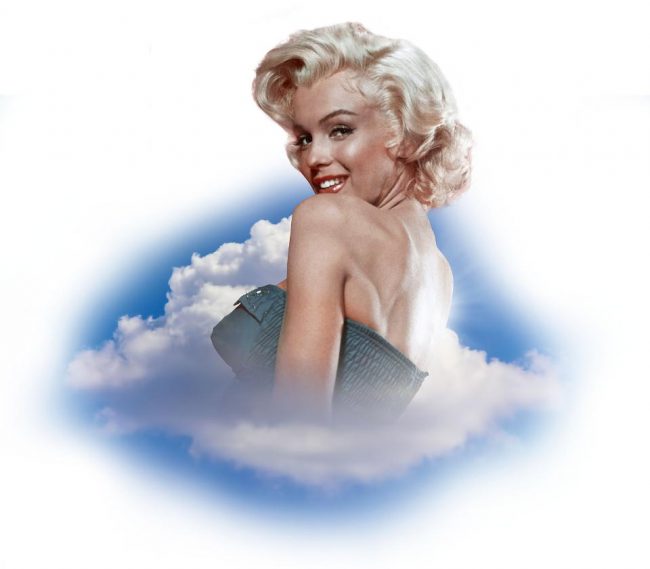
Gender inequality is still a widespread problem, with even today’s biggest female stars often earning less than their male counterparts. And as sociologist Ruth Penfold-Mounce reports for The Conversation, the trend also applies to profits generated by deceased artists. Marilyn, the only woman listed in the final 10 of this year’s Forbes Top Earning Dead Celebrities, is a rare exception.
“Both in life and death, celebrities wield significant power as a catalyst for cultural meaning. They possess symbolic and economic value that extends into death through the traces they leave behind. These traces continue the dead star’s celebrity power as a brand and include such things as photographs, films, signatures and recordings of their voice, as well as their celebrity persona (the character or personality they presented to fans).
But this posthumous celebrity varies in value. For many high profile celebrity women, the traces they leave possess sexualised value, much as they had in life – related to their youth, beauty and sensuality. A great deal of their symbolic and economic value is about their bodies, so the way in which their traces are put to work after they die reflects gendered inequality.
Dead women celebrities are put to work selling feminised products such as chocolate or perfume. Meanwhile, Steve McQueen sells Ford Puma cars and Einstein promotes Genius Bread.
The way in which gender inequality reaches beyond the grave is clearly revealed by Forbes magazine’s publication of its Top Dead Earning Celebrities List every October since 2001. Affectionately referred to as the Dead Rich List, it reveals distinct gender inequality. Of 52 celebrities who have appeared on the list in nearly two decades, only five have been women: actresses Marilyn Monroe and Elizabeth Taylor, 1950s striptease artist and pin-up model Bettie Page, and singer-songwriters Jenni Rivera and Whitney Houston.
Men – including Michael Jackson, Elvis Presley and Charles Schultz (of Peanuts fame) – consistently dominate the top positions on the Dead Rich List. Their earnings after death are staggeringly high compared to those of the women who appear.
First place has been held by Michael Jackson every year since his death (excepting 2009 and 2012) helping buck the trend of the underrepresentation of black and minority ethnic performers. Jackson’s earnings have been immense, rising to US$825 million in 2016 due to the sale of his half of the Sony/ATV Music catalogue which owned much of the Beatles’ music, before dropping to their lowest point in 2019 with US$60 million.
In contrast, Monroe was the highest female earner with US$13 million in 2019, allowing her to maintain eighth place on the list for a second year.
But even if they make the rich list, the posthumous career earnings of Monroe, Taylor, Page, Rivera and Houston illustrate how women and black and minority ethnic people continue to be underrepresented among those who achieve high incomes after death. They reveal that celebrity value, in terms of symbolism and economics, is heavily gendered after death.
Dead celebrity women’s posthumous careers are limited by being valuable due to their bodily capital. Men have a good track record of making wealth through the books they write or the music and lyrics they compose and own. In contrast, celebrity women are less likely to be a source for the production of wealth but a means for generating wealth for others.
But the 21st century, in particular, is witnessing the emergence of perceptive and well-informed celebrity women who own the sources of production of wealth and are not restricted to their bodily capital. Women such as Oprah Winfrey, the Kardashian sisters and JK Rowling are in firm control of their economic and symbolic value – which is something they can take forwards into death.
Pretty much all of the possible women candidates for future lists have long lives ahead of them – hopefully, barring illness or accident – meaning it will be many years before this gendered inequality in death is properly challenged. As it stands, gendered inequality of bodily capital means that for celebrity women, death is not the last great equaliser – inequality continues in death.”